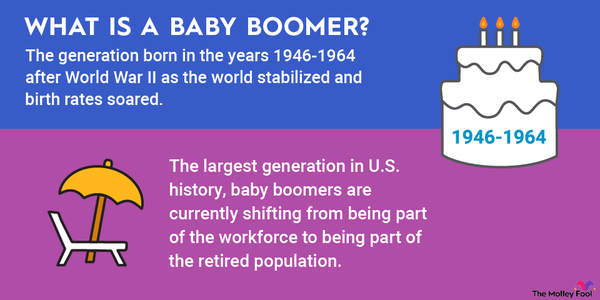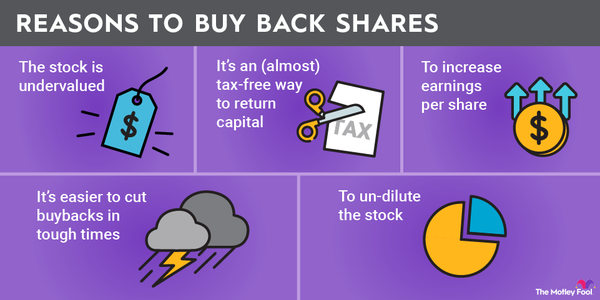Barrels of oil equivalent (BOE) is an important measurement for the energy industry. It puts into context the amount of energy released by burning one barrel of crude oil to other energy sources, like natural gas and natural gas liquids (NGLs). Energy companies and investors use BOE to measure production, pricing, or costs against a single metric.
Here's a closer look at barrels of oil equivalent, why it's important, how to use it, and some examples.

Understanding BOE
Understanding barrels of oil equivalent
Hydrocarbon reservoirs typically contain crude oil, natural gas, water, and brine. When an energy company drills a well, these reservoirs produce a fluid and gas mixture. They extract the hydrocarbons for further processing and dispose of the produced water and brine. Midstream companies gather and treat the crude oil before shipping it via pipelines to refineries. The natural gas goes through additional processing, which separates dry natural gas from natural gas liquids (NGLs). The dry gas flows through pipelines to local distribution companies while the NGLs head to a fractionation plant that separates the various streams (e.g., ethane, propane, butane, and natural gasoline).
Barrels of oil equivalent put those various hydrocarbons into one equivalent measure for the value of the energy they produce. One BOE is equivalent to 5.8 million British thermal units (BTU) of energy. It's the same energy produced by one barrel of crude oil or about 6,000 cubic feet of natural gas. A BOE equalizes these outputs into one simple metric for easy comparison.
For example, if a company produced 1 BOE during a period, it could have produced 1 barrel of oil, 6,000 cubic feet of natural gas, or some combination of the two.
Importance of BOE
Why barrels of oil equivalent is important
Energy companies produce from many different reservoirs and regions around the world. Each one has a different hydrocarbon content. Some produce more oil, while the output of others can contain more natural gas. Barrels of oil equivalent helps facilitate like-for-like comparisons of production metrics. It puts gas output in context with the equivalent energy produced by oil for a more simplified comparison.
For example, one energy company might produce from an area containing only natural gas while another might operate in a more oil-rich region. By converting their production into BOE, investors can see which produces more total energy.
How to use BOE
How to use barrels of oil equivalent
Investors can use barrels of oil equivalent to make comparisons when evaluating energy stock investments. They can use it to see how much an oil and gas producer's production changes from period to period on an oil-equivalent basis. They can also use BOE to compare the production of various energy companies.
Another great use of BOE is to see how much of its product a company sells during a period. Many energy companies will report the average price they realized for their production on a BOE basis. Investors can see how that number compares to the price of crude oil. It could suggest that a company sells higher volumes of lower-valued energy like NGLs or natural gas.
For example, two energy companies might both have produced 1 million BOE during a period. However, if one company realized $90 per BOE produced and another realized $50 per BOE produced, the company with the higher realized price would have likely made more money in the period.
Finally, many companies also report their costs on a BOE basis. This metric can help investors see how their cost structure compares to others in the sector. Companies with lower production costs per BOE will have a higher profit margin.
Related investing topics
BOE examples
Examples of barrels of oil equivalent in action
Energy companies use BOE to showcase several important metrics for their investors. An important one is their overall production. For example, an oil and gas company reported that its companywide production averaged 728,000 BOE per day during the most recent quarter. They noted that this was 3% higher than the prior period. The company also separated its production into various streams, noting that it produced 335,000 barrels of oil per day, 194,000 barrels per day of NGLs, and 1,194 million cubic feet of natural gas per day.
Oil and gas producers will also use BOE to showcase other metrics for greater context. For example, this same company noted that it sold its production for an average price of $40.71 per BOE during the period (comprising $74.26 per barrel of oil, $19.36 per barrel of NGL, and $0.84 per Mcf of gas). That compared to $45.07 per BOE in the prior year period ($76.98 for oil, $19.67 for NGLs, and $2.02 for gas). From that comparison, we can glean that lower gas prices were the main factor in the lower realized price per BOE.
Companies can also use BOE to showcase production costs. For example, this same oil company noted that its production costs, including taxes, averaged $11.39 per BOE in the period, which was 7% lower than the prior quarter. That helped offset its lower realized price in the period.













































































